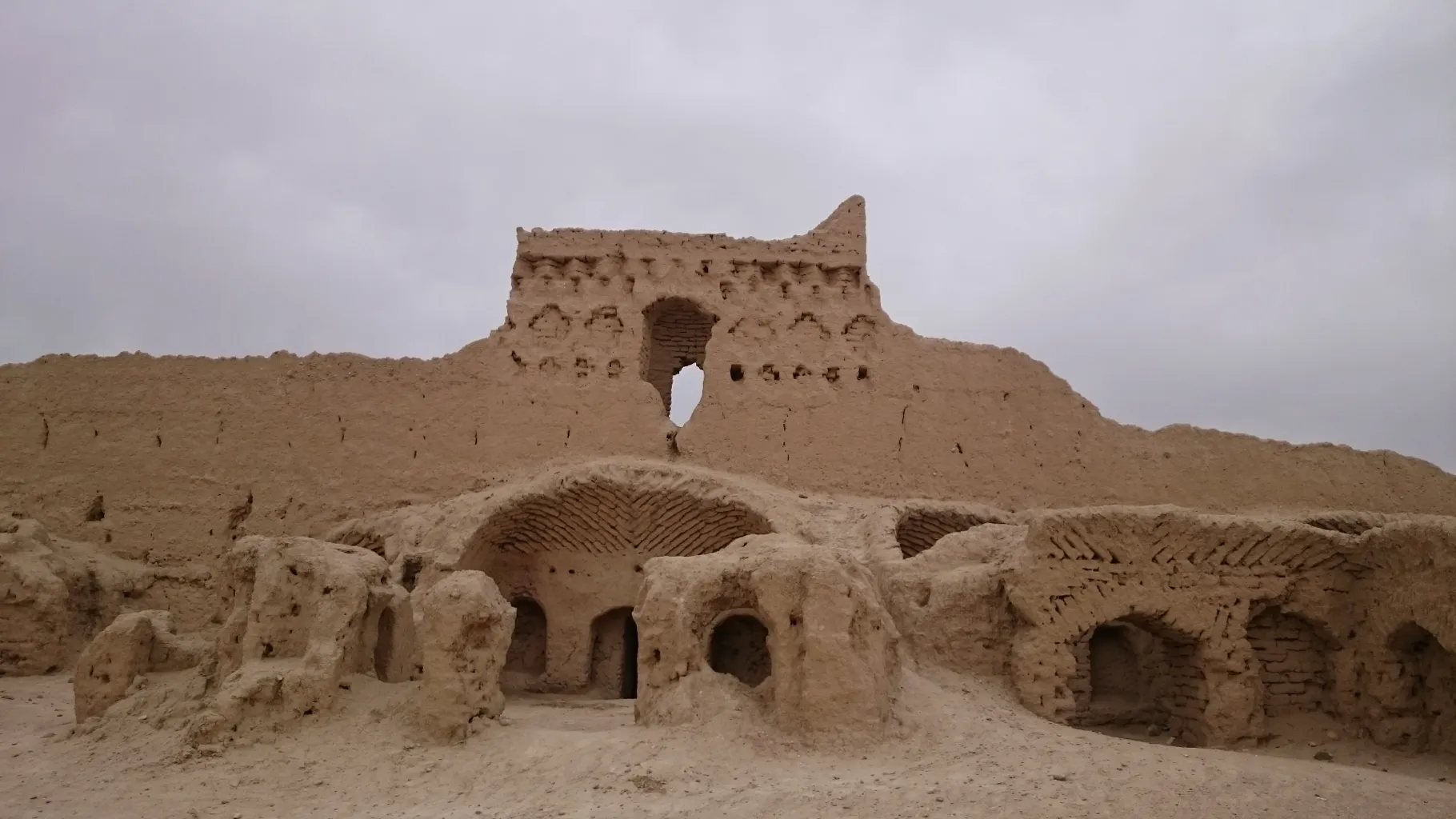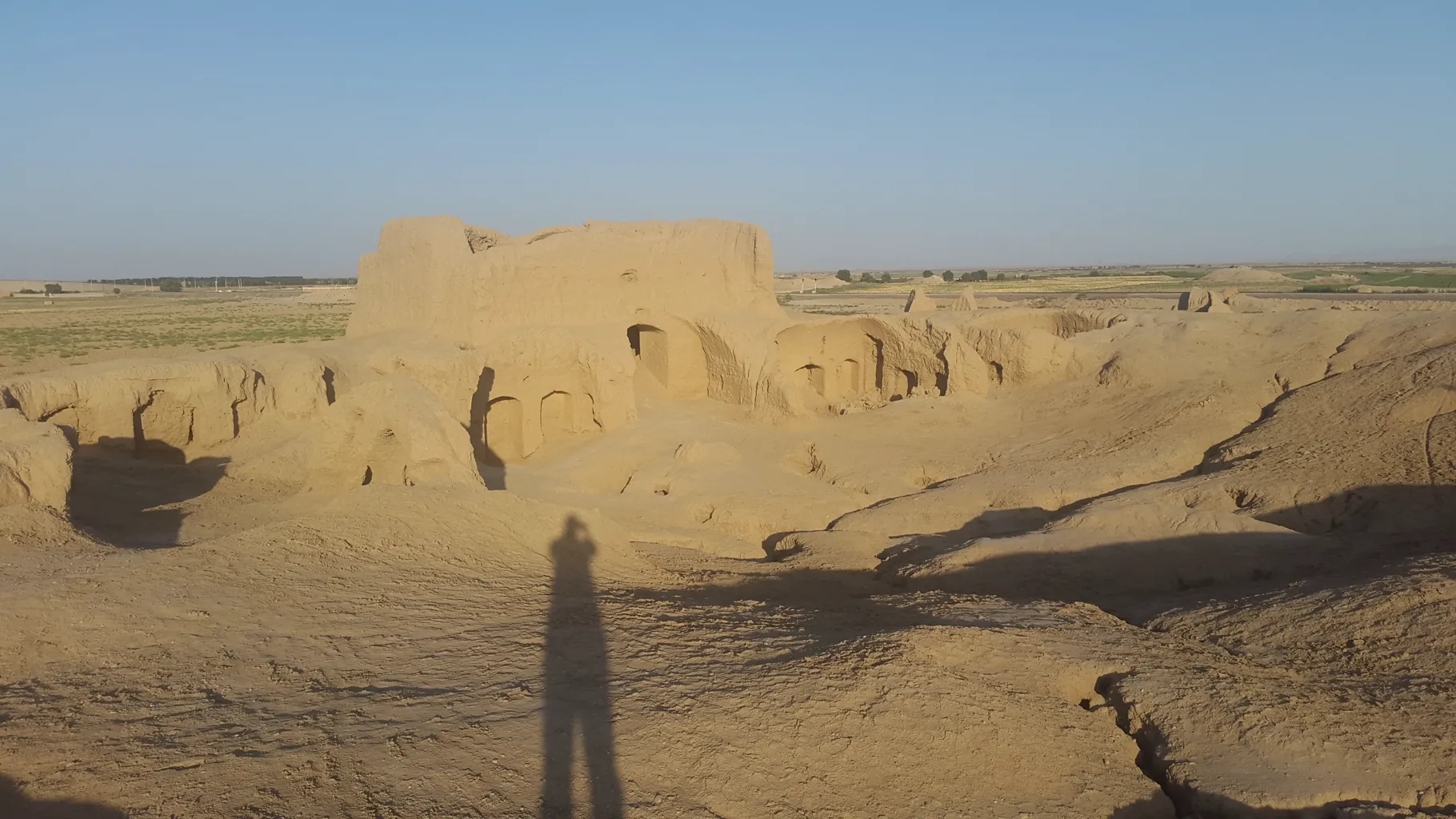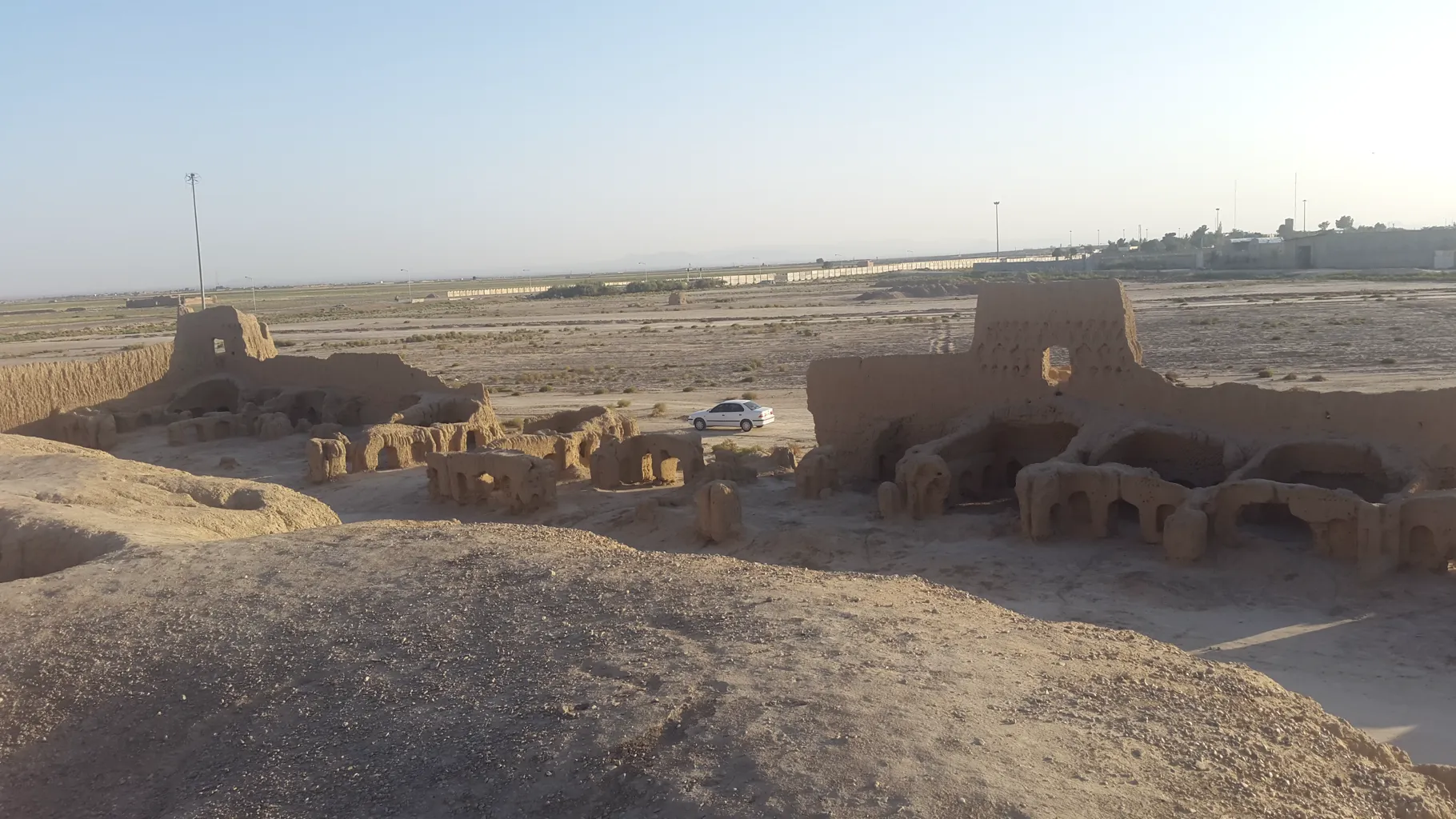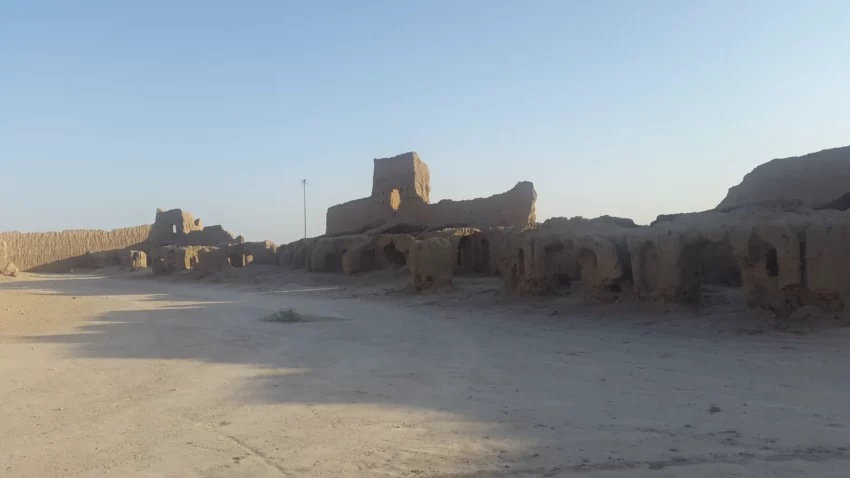Overview of Damghan
Damghan, a city in the Central District of Damghan County, Semnan province, Iran, serves as the capital of both the county and the district. It lies 342 km east of Tehran on the main road to Mashad and sits at an elevation of 1,250 meters. Damghan stands out as one of the oldest cities on the Iranian plateau, with a history that spans over 7,000 years.
Get your dose of History via Email
Historical Significance
Among the numerous historical sites in Damghan, Tappeh Hessar is notably the oldest. Located southeast of the city, this site features the ruins of a castle from the Sasanian Empire. Additionally, the Tarikhaneh mosque, originally a fire temple during the Sassanid dynasty, ranks among the oldest mosques in Iran. After the arrival of Islam, it was converted into a mosque. The city also houses several other historical buildings from the Seljuk Empire and various other periods.

The name and location
The name Damghan derives from “deh” (village) and “moghan” (Magi), attributed by Zoroastrians. Legends credit the city’s foundation to Hooshang, the great-grandson of Keyumars from the Pishdadi dynasty. Historically known as Qumis, the region once stretched from Sabzevar to Garmsar and was bounded by the Alborz mountains and the Lut Desert. Damghan served as the capital of this vast province until the first century AD.
The Earthquake
The city faced significant destruction during the 856 AD earthquake and again in 1723 by the Afghan Hotak dynasty. Despite its tumultuous history, remnants of its medieval past, like the ruined Tarikhaneh, still stand, marking the city’s historical importance.
Cultural and Economic Contributions
Today, Damghan is not only known for its rich history but also for its economic contributions, particularly in agriculture. The city is renowned for producing pistachios and paper almonds, known locally as kaghazi, which are prized for their very thin shells. These products play a significant role in the local economy and are cherished both domestically and internationally.

Tepe Hissar: A Glimpse into Ancient Civilizations
Tepe Hissar, located in the village of Heydarabad near Damghan, reveals a history dating back to the fifth millennium BC. Archaeologists have unearthed evidence of human habitation from the Chalcolithic period. Radiocarbon dating has identified artifacts approximately 7,000 years old. The site shows continuous occupation with several layers of civilizations. Notably, metal production occurred in its earliest periods.
Adjacent sites like Shir Ashian Tepe also date back to the same era. Tepe Hissar’s significance extends through various historical periods, including the Mades dynasty, which interacted with Mesopotamian civilizations. It also includes layers from the Achaemenid, Parthian, and Seleucid Empires, reaching its zenith during the latter two. Pioneering archaeologists Ernst Herzfeld and Erich Schmidt first excavated Tepe Hissar in the early 20th century. A 1996 excavation revealed remains from as early as 4000 BC, spanning to the Sassanid period ending in 651 AD.

Hecatompylos: The City of a Hundred Gates
To the southwest of Damghan lies the ancient site of Hecatompylos, stretching from Forat to nearly 32 kilometers west. Following Alexander the Great’s conquest, Hecatompylos, now known as Šahr-e Qumis, became a significant population center. The city’s name, meaning “hundred gates,” links it to other historically significant cities like Thebes in Greece and Egypt.

